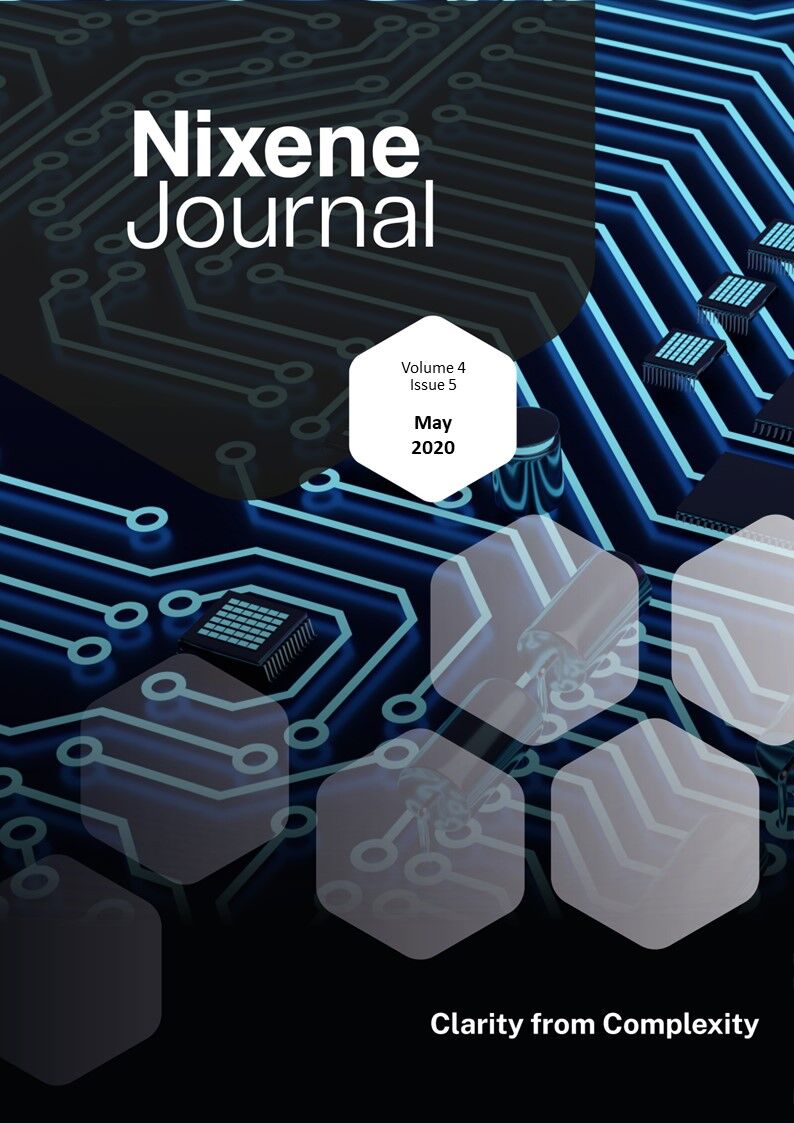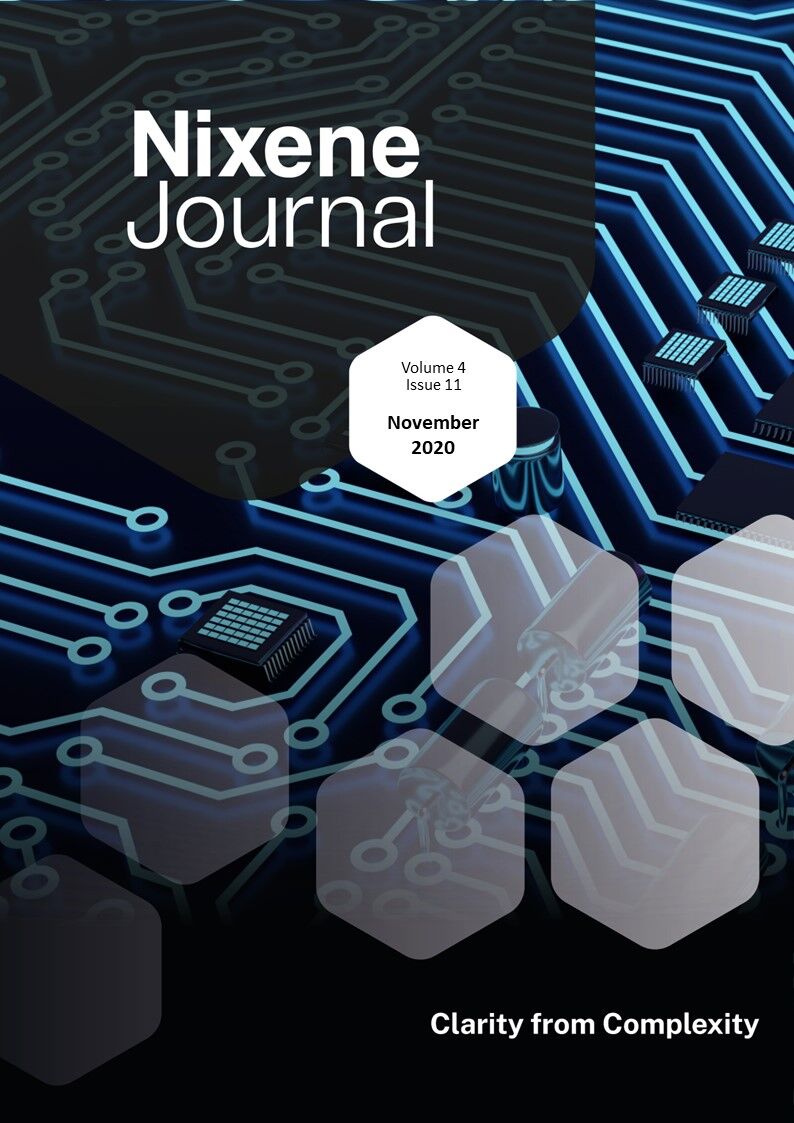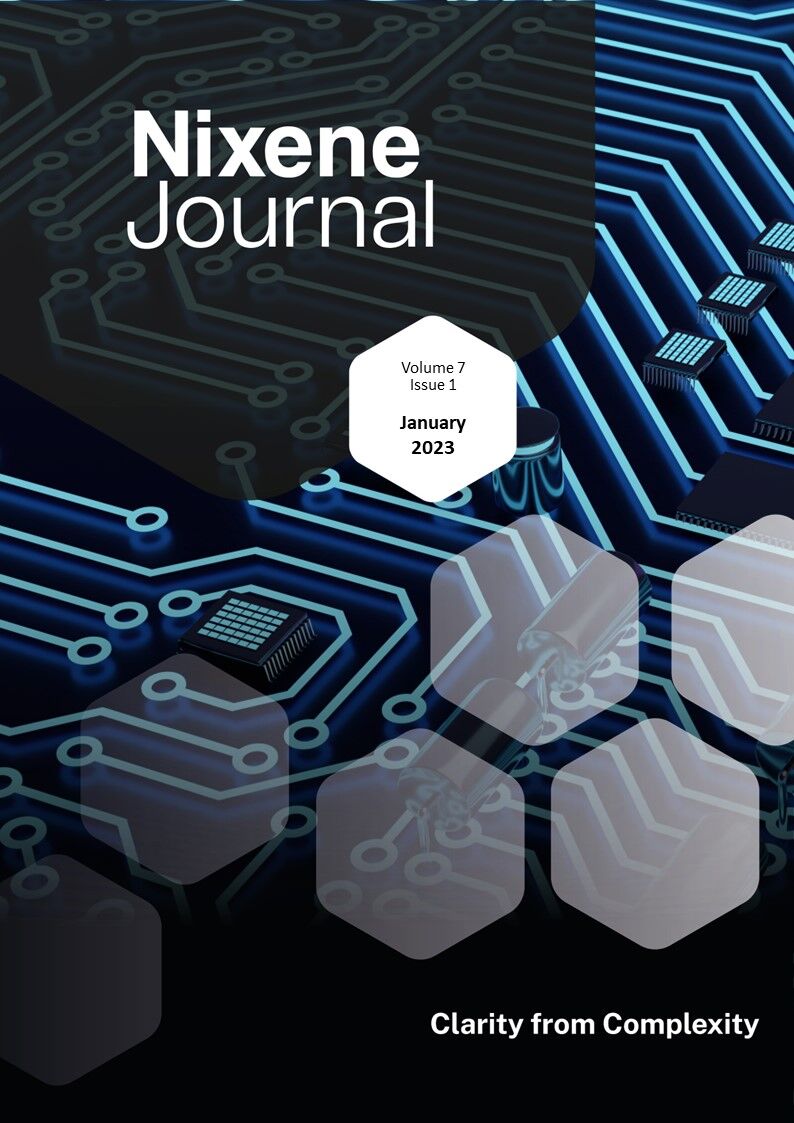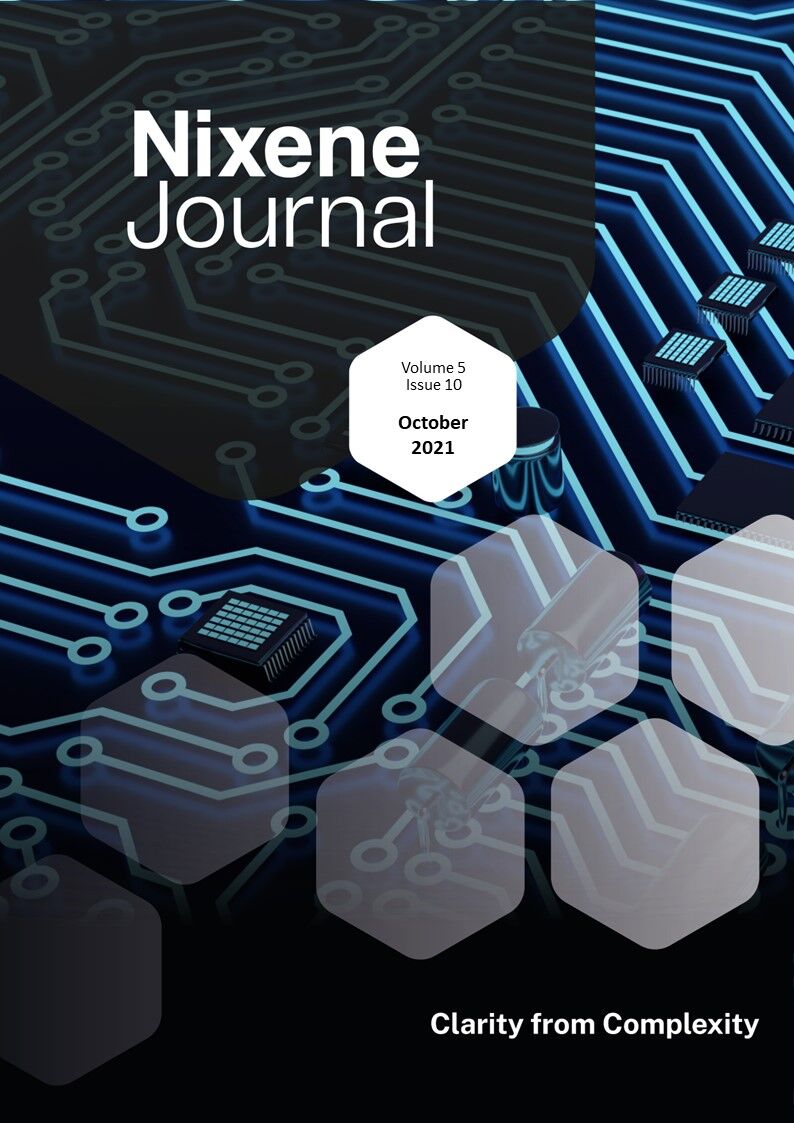Description
The pace of developments in the world of graphene and 2D materials has, if anything increased this month. We are observing that academia and industry are increasing their online activity and becoming more visible as a result.
To take just two examples; The Graphene Engineering Innovation Centre (GEIC) in Manchester, UK has announced a programme of webinars, some private for its members, and some public. Both are excellent quality. The University of Singapore has launched very high-quality webinars, with both Nobel prize winners presenting their work to the world. Prof. Kostya Novoselov delivered an excellent webinar in April (this issue, page 14) and it has just been announced that Prof. Andre Geim will deliver a webinar on the 5th May 2020. Details available from the NUS website.
Our special feature this month is an interview with Dr Denis Koltsov of the International Standards Organisation (ISO) We discovered how standards for the emerging field of graphene and 2D materials are developed and Denis gave us some fascinating insights into the blend of technical, legal and interpersonal endeavour that creates the foundations on which future industrial success is built.
Graphene is helping in the fight against the SARS-CoV-2 virus. A Graphene field effect transistor has been developed by a team in the Republic of Korea. This can detect the presence of virus rapidly and with unprecedented precision. We will be following these developments closely. Staying with things biomedical, we find that graphene is also helping in the fight against cancer. A new photochemotherapy technique can kill cancer cells and then the graphene also acts as an indicator marker showing where the intervention was successful and where further treatment is needed.
On the commercial side of things graphene additives for cooling systems made another appearance this month, this time an air conditioning system trial at a large retail centre in Queensland, Australia reported 40% energy savings. This supports previous trials in the automotive sector where similar efficiency improvements have been found. Cooling systems are one of those niche areas often overlooked, but where significant progress can be made. Graphene dispersions do seem to make a big difference here.
The automotive industry features again in this issue with Bentley Motors and Daimler revealing some details of their electric vehicle Research & Development. Graphene is part of the development programmes of both companies with work exploring its application in batteries, fuel cells and electric motors to provide and deliver power to the cars of the future.
Again, this is just the tip of the iceberg. We hope you enjoy this packed issue as much as we enjoy creating it for you.
Adrian Nixon,
1st May 2020







